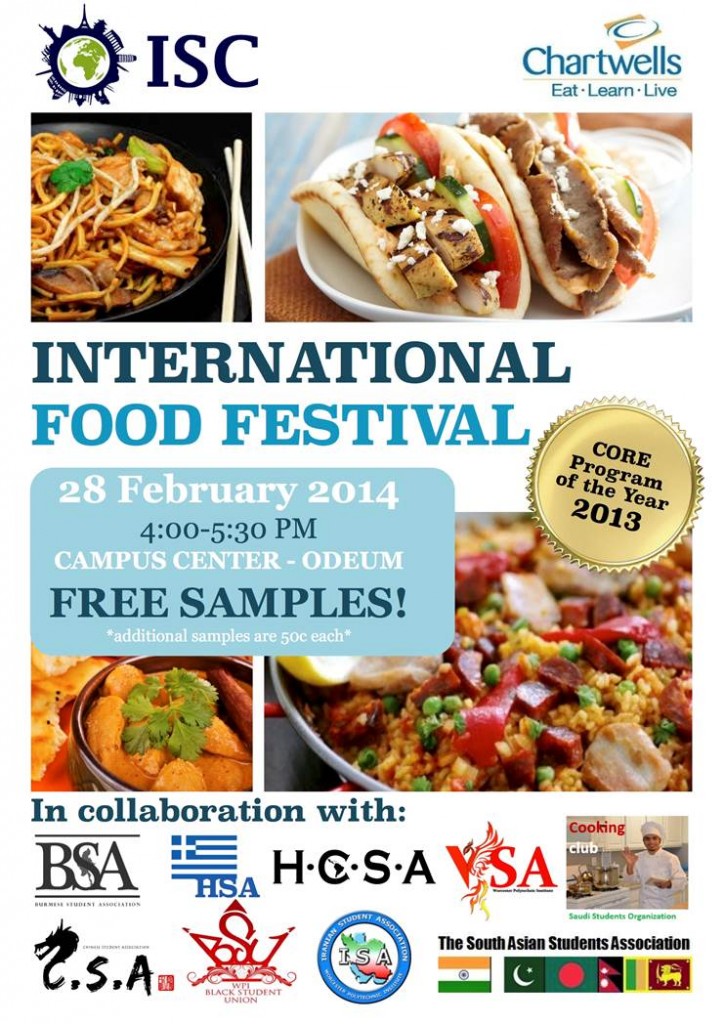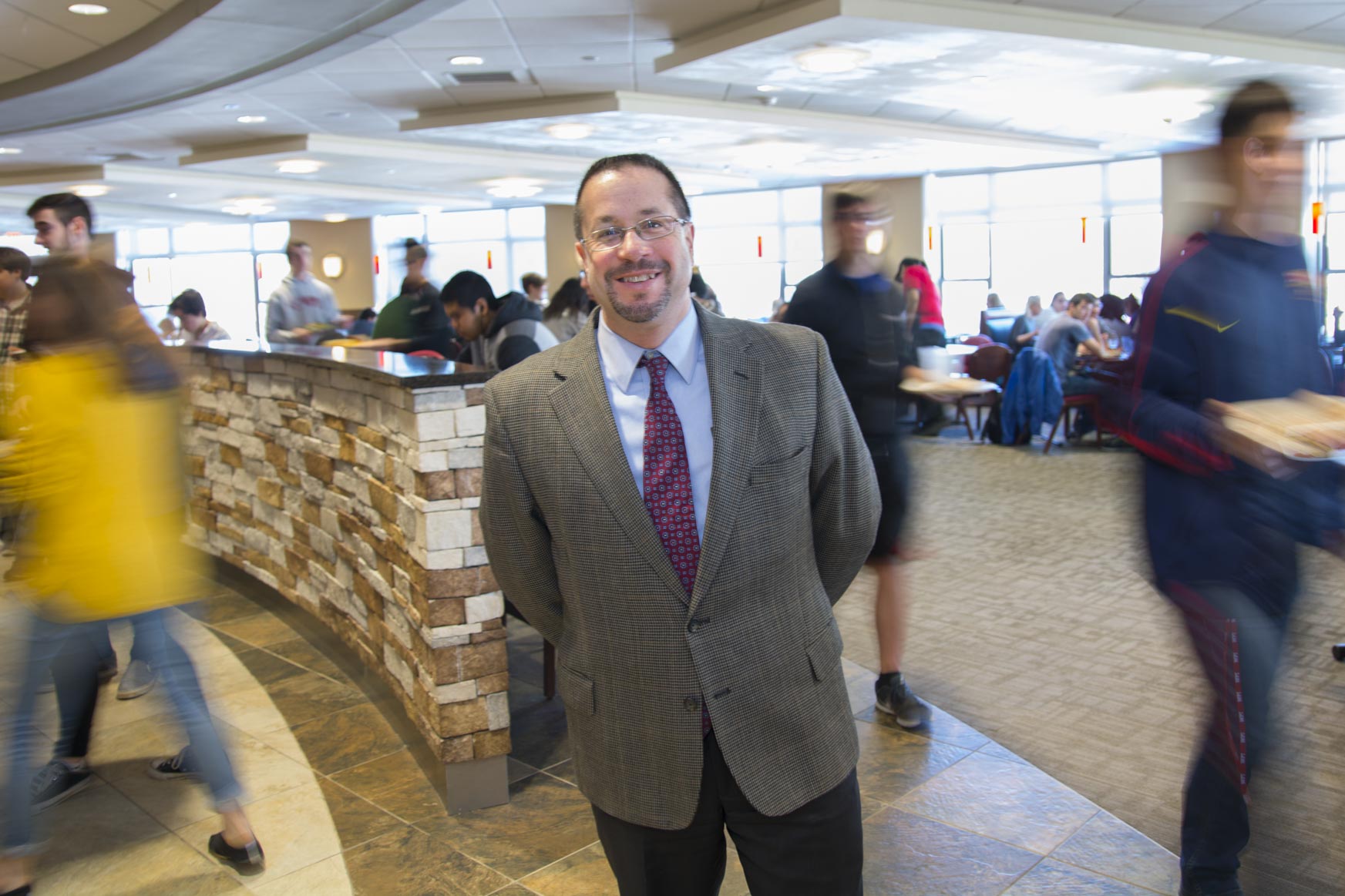 One of the easiest ways to learn about a culture is to eat with the people who live there. But if you don’t have plans to travel the world, Friday’s third annual International Food Festival gives you a chance to sample more than 40 different foods from at least 21 countries when members of the International Student Council (ISC) prepare the very best foods from home to share with the community.
One of the easiest ways to learn about a culture is to eat with the people who live there. But if you don’t have plans to travel the world, Friday’s third annual International Food Festival gives you a chance to sample more than 40 different foods from at least 21 countries when members of the International Student Council (ISC) prepare the very best foods from home to share with the community.
On Feb. 28, from 4 to 5:30 pm in the Rubin Campus Center Odeum, samples of qofte from Albania, paneer butter masala from India, ceviche from Panama, and chicken tikka from Pakistan are only a few of the offerings that will be available.
Students will prepare authentic and beloved dishes from home. Anyone can get two free tickets to sample two dishes and additional tickets cost just 50 cents each. Each ticket gives you a taste of one offering and with so much to taste, you can have a flavorful dinner and a lesson about ingredients, food preparation, family traditions, and cultures very inexpensively.
According to Chietara Japutra, president of the ISC, the organization was looking for a new way to engage the WPI community three years ago. Cultural festivals allowed students to share stories and facts about their home countries, but the ISC wanted something that offered more interaction. Dining seemed a natural way to do it.
“All students like food,” she says. The first food festival was a hit, and this year’s is on track to be three times the size of the initial one. Chartwells Dining Services, which manages WPI’s food service, supplies the kitchen space and ingredients for cooking, and students make their favorite recipes.
“The first time went well,” says Japutra, noting that each person made about 100 small servings of each dish. “Last year was even better, and this year we will have more countries represented.” This year, the students will prepare 250 to 300 individual servings of the dishes, which will range from appetizers to main dishes.
Set up in groupings to represent the continents or regions, each area will offer small servings of foods you would find if you visited private homes. Servers will talk about the food, its significance in the country or to a family, and why they made it. Japutra is making three dishes, one, kolak pisang, is similar to banana compote, she says. “It’s like a dessert with coconut milk and sugar,” she says, but is not eaten in the way many might assume from its sweetness. Japtura, who is from Indonesia, says that when people in her country break a long fast, this dish is one of the first things they eat to regain their energy.
Muhammad Ehtisham Abid says cooking is a great way to show off the culinary highlights of your culture. The native of Pakistan says lots of people have an idea of how some other cultures cook and eat, but have no idea how families eat when they sit down in their homes. “This is the best of every country,” he says. “The students are trying to prepare the very best food, the specialties.”
Murtada (Murty) Abdulhameed Al Darweesh agrees. “Even if you travel to a county, you can’t get this food,” he says. “It’s all homemade. This is a good opportunity for students to try different nationalities’ food.”
And there is nothing quite like sharing food to hear about other cultures and traditions. The students preparing and serving the food enjoy sharing their stories and find that talking about the food often leads to more discussion about cultures. “I like how people appreciate it,” Japutra says. “They ask, ‘What’s this? How do you eat it?’ They are interested with the culture.”


